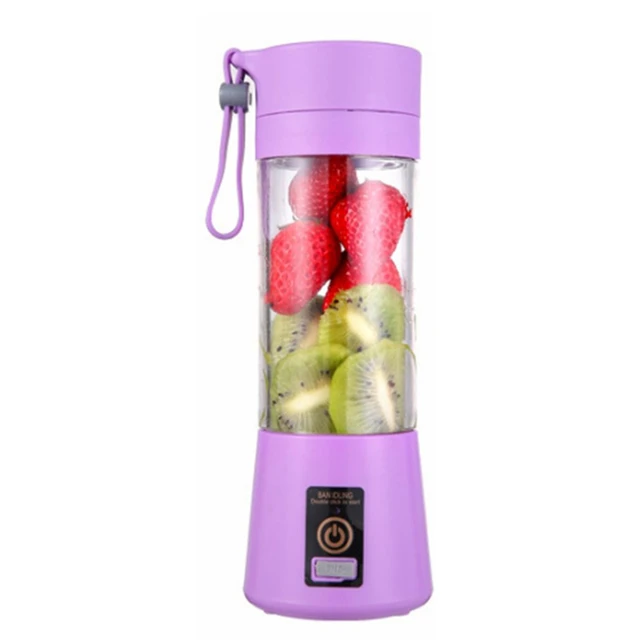
Introduction
Blenders and juicers are two common kitchen appliances used to process fruits and vegetables, but they differ significantly in their functions and the final product they produce. While both tools offer ways to incorporate nutritious ingredients into our diets, understanding the differences between blenders and juicers can help you choose the right appliance for your specific needs. In this guide, we will explore the distinctions between blenders and juicers, comparing their features, functions, and the benefits they provide.
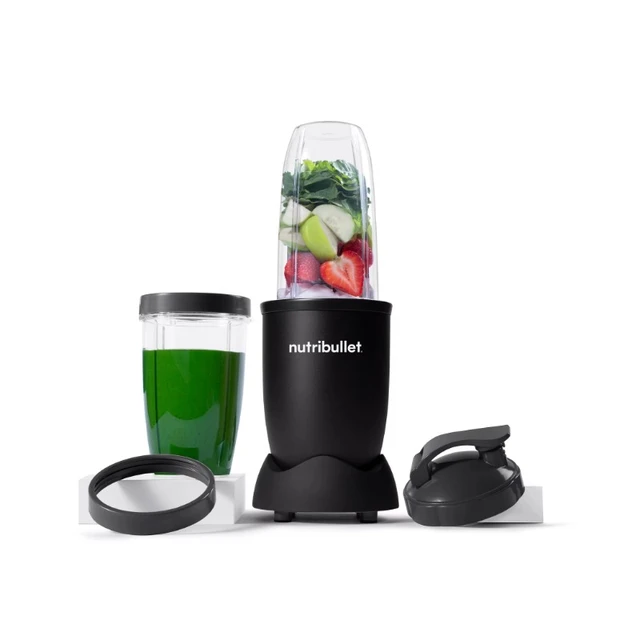
What is the difference between a blender and a juicer?
Blenders: Versatility and Fiber Retention
1.1. Blending Process
Blenders are appliances that combine ingredients into a homogenous mixture. They work by using high-speed blades to break down the ingredients and combine them into a smooth consistency.
1.2. Retention of Fiber
One key advantage of blenders is that they retain the fiber content of fruits and vegetables. The blending process involves pulverizing the whole ingredients, including their fiber-rich peels, seeds, and pulp, into a smooth mixture. This ensures that the fiber remains intact and is consumed along with the other nutrients.
1.3. Versatility in Ingredient Preparation
Blenders are versatile and can handle a wide range of ingredients, including fruits, vegetables, nuts, and seeds. They can easily process these ingredients into smoothies, sauces, soups, and other blended concoctions.
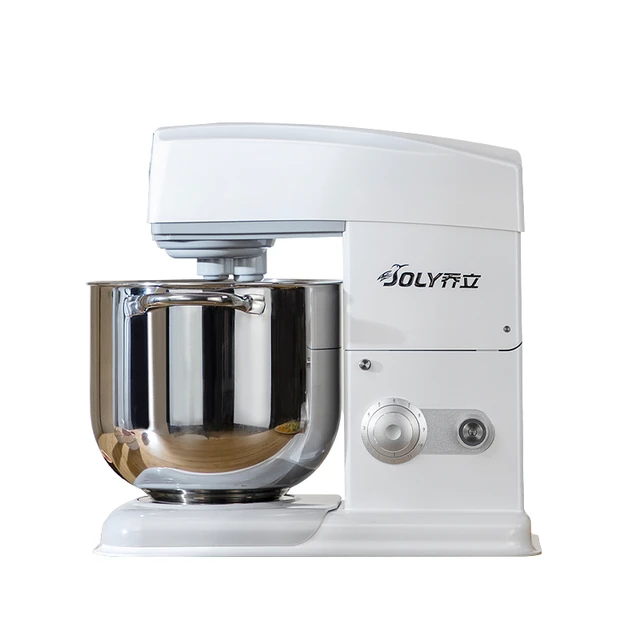
Juicers: Extraction of Liquid Nutrients
2.1. Extracting Juice
Juicers are designed to extract the liquid content from fruits and vegetables while separating the fibrous pulp. They use various methods, such as centrifugal force or cold-pressing, to separate the juice from the solid components.
2.2. Removal of Fiber
One key distinction of juicers is that they remove the fiber from the final product. The extraction process separates the juice, which contains the liquid nutrients, from the fibrous pulp, resulting in a smooth liquid with minimal fiber content.
2.3. Concentrated Nutrients
Juicers excel in extracting concentrated amounts of vitamins, minerals, and antioxidants from fruits and vegetables. Removing the fiber allows for easier digestion and quicker absorption of these nutrients by the body.
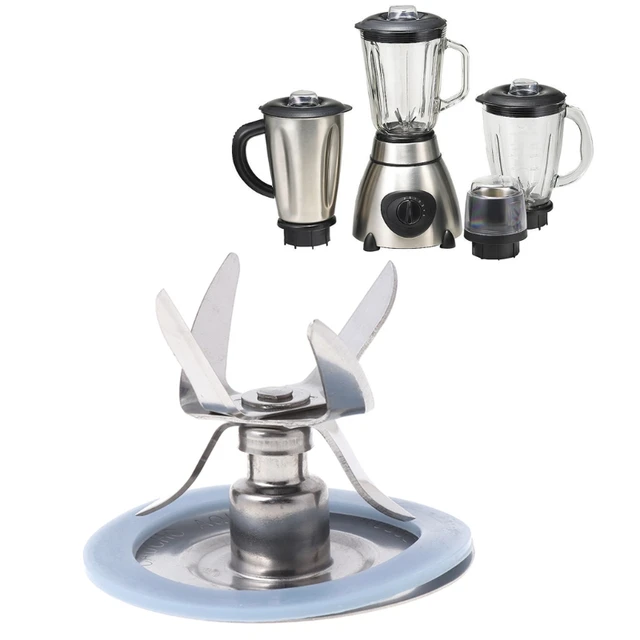
Nutrient Content: Blenders vs. Juicers
3.1. Blenders and Nutrient Availability
Blenders retain the natural fiber of fruits and vegetables, ensuring that all the edible components are consumed together. This includes the vitamins, minerals, antioxidants, and other beneficial compounds present in the whole ingredient. The fiber slows down the release of nutrients into the bloodstream, allowing for sustained energy and balanced blood sugar levels.
3.2. Juicers and Nutrient Concentration
Juicers extract the liquid nutrients from the fruits and vegetables, resulting in a more concentrated source of vitamins and minerals. Without the fiber, the body can rapidly absorb and utilize these nutrients. Juices offer a quick and easily digestible way to access a concentrated source of vitamins and minerals.
Fiber: Blenders vs. Juicers
4.1. Fiber in Blended Beverages
Blended beverages, created using a blender, retain the fiber content of the ingredients. Fiber plays a crucial role in digestion, promoting satiety, regulating blood sugar levels, and maintaining healthy bowel movements. Blending ensures that the fiber content of the whole ingredients is consumed, providing essential nutrients and promoting digestive health.
4.2. Fiber Absence in Juices
Juices, produced using a juicer, have a reduced or absent fiber content. The extraction process separates the liquid nutrients from the fibrous pulp, removing the majority of the fiber. While the juice still contains vitamins and minerals, the absence of fiber can impact digestion, blood sugar regulation, and feelings of satiety.

Texture and Consistency: Blenders vs. Juicers
5.1. Blended Beverages and Texture
Blenders create beverages with a thick, smooth consistency due to the inclusion of all the edible components, including the fiber. Blended beverages retain the natural texture of the ingredients, resulting in a satisfying and substantial drinking experience.
5.2. Juices and Smooth Liquid
Juicers produce smooth liquids by separating the juice from the fibrous pulp. The resulting juice has a thinner consistency compared to blended beverages. Juices offer a refreshing and hydrating drinking experience.
Practicality and Cleanup: Blenders vs. Juicers
6.1. Blenders: Convenience and Cleanup
Blenders are generally easier to use and clean. They require minimal preparation time and often involve simple rinsing and washing of the pitcher, blades, and lid. Blenders are suitable for individuals with busy lifestyles or limited time for kitchen cleanup.
6.2. Juicers: Extraction Process and Cleanup
Juicers typically require more preparation time and involve the extraction process, which can be more involved than blender usage. Depending on the type of juicer, components may need to be disassembled and cleaned thoroughly after each use. Juicers may require more time and effort for cleanup compared to blenders.
Cost and Space Considerations
7.1. Blenders: Cost-Effective Option
Blenders tend to be more cost-effective compared to juicers. They come in a variety of price ranges, allowing for options that fit different budgets. Additionally, purchasing a blender eliminates the need for a separate appliance for processing fruits and vegetables, making it a more economical choice.
7.2. Juicers: Investment and Kitchen Space
Juicers often come with a higher price tag compared to blenders due to their specialized extraction capabilities. Investing in a juicer may require a larger upfront cost. Additionally, juicers take up additional space in the kitchen, which may be a consideration for those with limited counter or storage space.
Culinary Versatility: Blenders
8.1. Blenders for Recipe Variety
Blenders offer greater versatility in the kitchen. They are not limited to creating beverages but can also be used for a variety of culinary tasks, such as making soups, sauces, dips, nut butters, and even grinding coffee or spices. Blenders provide a range of possibilities beyond just fruit and vegetable processing.
Specificity and Goal-Oriented Usage: Juicers
9.1. Juicers for Specific Health Goals
Juicers are often associated with specific health goals, such as detoxification or juice fasting. They allow for precise extraction of nutrients and are popular among individuals aiming to increase their intake of vitamins and minerals in a concentrated form. Juicers can be a valuable tool for those focused on particular health objectives.
Personal Preference and Taste
10.1. Texture and Flavor Preferences
Personal preference plays a significant role in choosing between a blender and a juicer. Some individuals may prefer the thicker texture and more substantial feel of blended beverages, while others may enjoy the refreshing and lighter consistency of juices. Taste preferences can also influence the choice, as certain ingredients may taste better when blended or juiced.
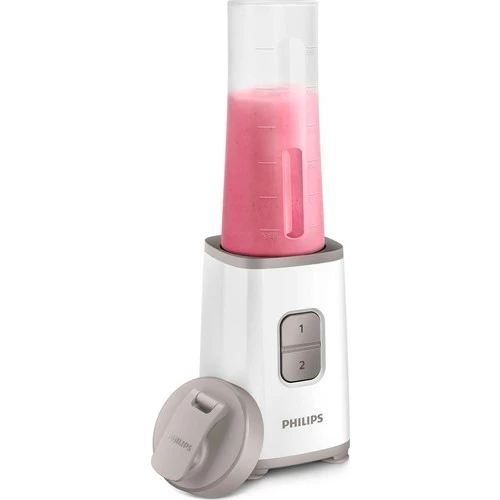
Conclusion
Blenders and juicers serve distinct purposes in the kitchen, and understanding their differences is essential for choosing the right appliance for your needs. Blenders retain the fiber content, offer versatility in ingredient preparation, and provide a more substantial and satisfying drinking experience. Juicers, on the other hand, extract the liquid nutrients, offer concentrated vitamin and mineral content, and provide a refreshing and hydrating drinking experience. Consider your preferences, dietary goals, and lifestyle when deciding between a blender and a juicer, as both appliances offer unique benefits and considerations for incorporating fruits and vegetables into your diet.